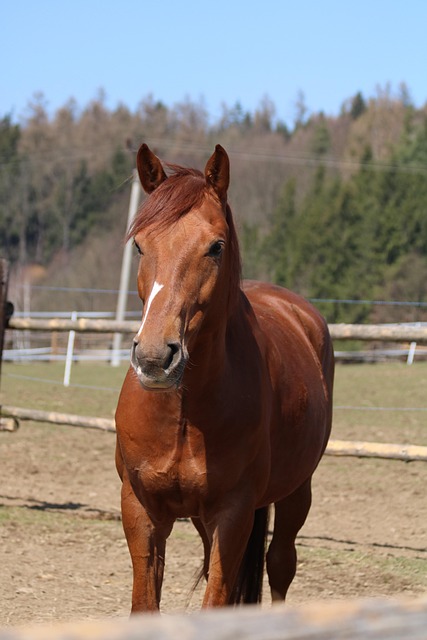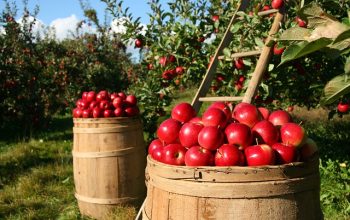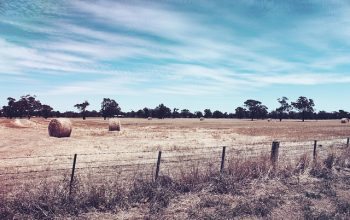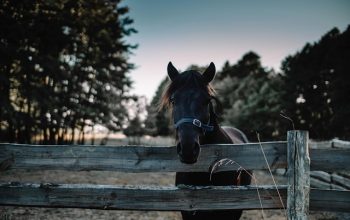Ontario farmers are embracing advanced cattle fencing solutions by 2025, prioritizing durability, sustainability, and aesthetics. Modern options include electric fencing systems, smart designs with monitoring features, and eco-friendly materials like galvanised or stainless steel and vinyl. These innovations cater to evolving farm management practices while enhancing visual appeal, reflecting a global trend towards sustainable agriculture.
In Ontario, farmers are increasingly seeking robust and sustainable fencing solutions to meet evolving needs. As we step into 2025, the landscape of cattle fencing is transforming, reflecting a balance between functionality, environmental stewardship, and aesthetic appeal. This article explores the top 10 cattle fencing options tailored to Ontario farms, considering trends, durable materials, innovative designs, and budget-friendly choices. From steel and wood to electric systems and DIY kits, discover the perfect fence for your farm.
Trends and Considerations for Fence for Farms in Ontario
In Ontario, the demand for robust and efficient cattle fencing is ever-evolving, reflecting broader trends in farm management and environmental awareness. For 2025, farmers are increasingly looking for fences that not only contain livestock but also enhance pasture health, reduce maintenance costs, and integrate seamlessly with natural landscapes. The top fencing options this year prioritize durability, safety, and sustainability, aligning with Ontario’s agricultural community’s shift towards more eco-friendly practices.
Considerations for fence selection go beyond aesthetic appeal and basic functionality. Modern farmers are looking at innovative materials that offer long-term resilience against harsh weather conditions and animal wear. Additionally, there’s a growing interest in electric fencing systems that provide a humane yet effective alternative to traditional methods, promoting better animal welfare while maintaining control. As Ontario continues to embrace agricultural technology, future-forward fence designs that integrate smart features for monitoring and automation are likely to gain traction, further revolutionizing how farms manage their livestock and land.
– Overview of changing farm needs and preferences
In Ontario, just like in many parts of the world, farm needs and preferences are evolving. Modern farmers are increasingly seeking durable, aesthetically pleasing, and eco-friendly fence solutions that blend seamlessly into their landscapes while effectively managing livestock. The traditional wooden fence, once a staple, is giving way to more advanced materials and innovative designs. This shift reflects a broader trend in agriculture towards sustainability, automation, and enhanced visual appeal.
As we move into 2025, the demand for versatile fences that offer both security and aesthetics continues to grow. High-quality, low-maintenance options that can withstand harsh weather conditions and the constant activity of livestock are in high demand. Ontario farmers also prioritize eco-friendly materials and designs that minimize environmental impact and contribute to a more sustainable future, further shaping the landscape of fence choices for farms across the province.
– Environmental impact and aesthetics
When choosing a cattle fence for farms in Ontario, it’s crucial to balance functionality with environmental impact and aesthetic appeal. Sustainable materials and designs are increasingly popular among farmers who wish to minimize their ecological footprint while maintaining effective livestock containment. Wooden post-and-rail fences, for instance, offer a classic look and can be constructed using locally sourced, renewable wood, contributing to the local economy and reducing transportation emissions.
On the other hand, modern options like high-tension electric fencing or vinyl-coated chain link provide robust security while minimizing environmental disruption. These materials are durable, low-maintenance, and require less frequent replacement than traditional wooden fences. Additionally, they can be tailored to suit various landscape designs, ensuring that your farm’s fence not only serves its purpose but also enhances the overall beauty of your property.
Durable Materials for Long-Lasting Cattle Fencing
When it comes to cattle fencing in Ontario, durability is a top priority for farmers. After all, a fence that lasts for years will save time and money in the long run. To ensure longevity, opt for materials that resist rust, rot, and damage from livestock. High-quality steel, such as galvanised or stainless steel, is an excellent choice due to its strength and corrosion resistance. These materials can withstand harsh weather conditions and the constant nudging from cattle.
Alternatively, vinyl fencing has gained popularity for farm applications due to its low maintenance and durability. This material is flexible yet robust, able to resist cracking and breaking under stress. Moreover, it offers various colours and styles, allowing farmers to enhance their farm’s aesthetic appeal while ensuring a secure fence for their cattle.
When considering fence options for farms in Ontario, understanding current trends and prioritizing durable materials are key. The top 10 fencing choices for 2025 cater to diverse needs, from aesthetic appeal to environmental sustainability. By balancing functionality with visual appeal, farmers can enhance their property boundaries while ensuring the well-being of their cattle. Investing in long-lasting materials not only saves time and money but also contributes to a more sustainable agricultural landscape.




